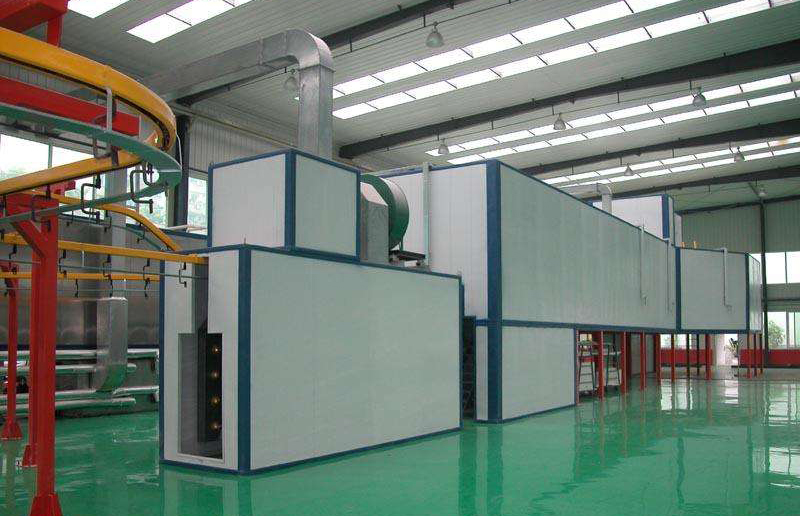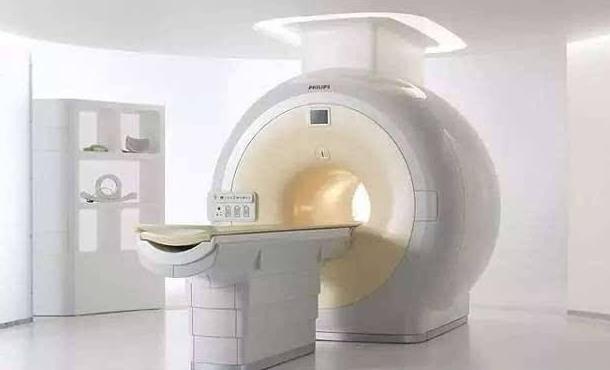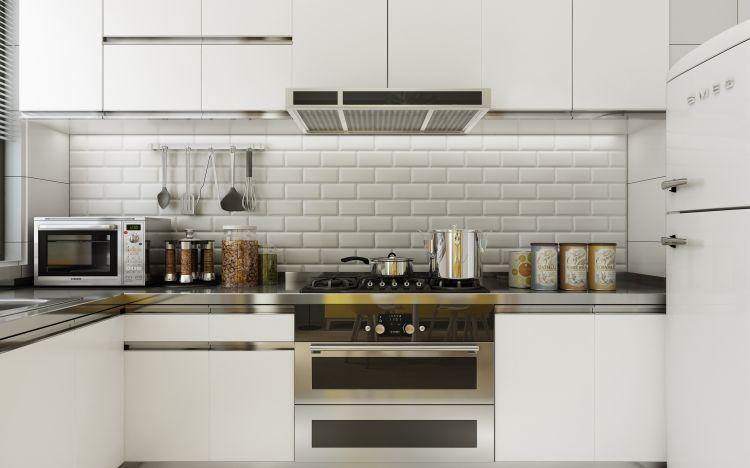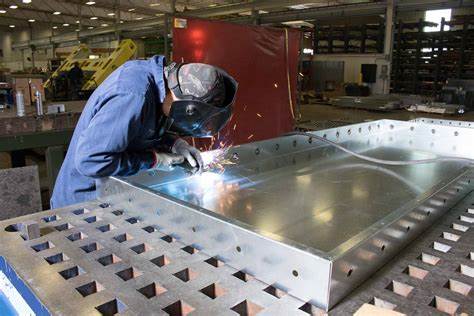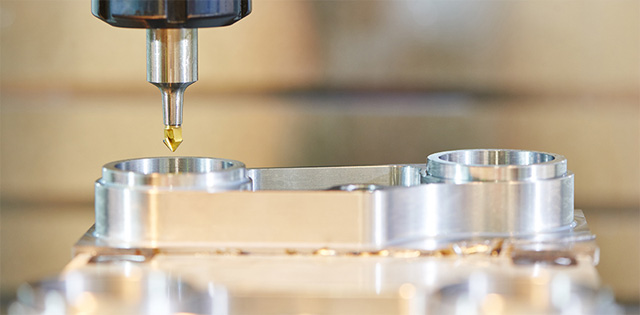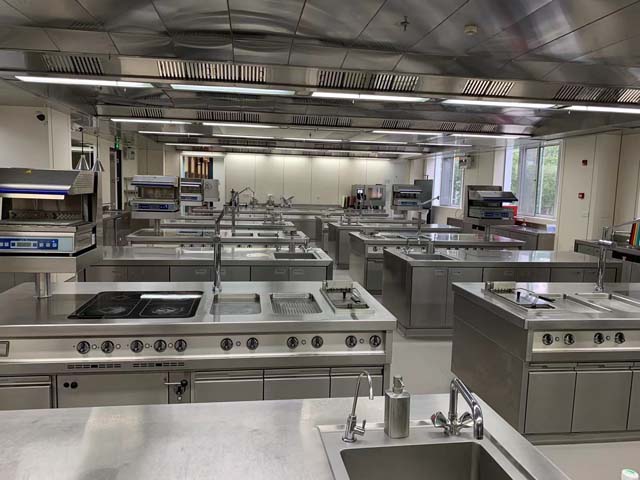In order to improve the appearance, texture and function of the surface of metal products, Huazhi sheet metal processing factory usually needs to process the metal surface. The so-called surface treatment is to form a special surface layer on the surface of the material by physical or chemical methods.
1. Anodizing
According to electrochemical principles, an aluminum oxide film is formed on the surface of aluminum and aluminum alloys. The main functions of this oxide film are protection, decoration, insulation and wear resistance. Different processes are used in the process flow of anodizing, such as single color, gradient and double color. In order to improve the oxidation yield, the amount of oxidant, suitable temperature and current density are mainly considered.
2. Electrophoresis
The role of electrophoresis is to maintain the luster of the metal surface, but also to enhance the surface properties, with high corrosion resistance. The method is to realize various colors on the product surface of stainless steel, aluminum alloy and other materials. The electrophoresis process is simple, mainly through three steps of pretreatment, electrophoresis and drying.
3. Micro-arc oxidation
In the process of high-voltage electricity using electrolyte solution to generate ceramicized surface film, the micro-arc oxidation process is affected by high power consumption, resulting in the highest cost and only black and gray can be achieved.
4.PVD vacuum plating
PVD can achieve high hardness and high wear resistance cermet decorative coating on the metal surface. PVD vacuum coating technology is a technology for depositing thin films in the logistics process.
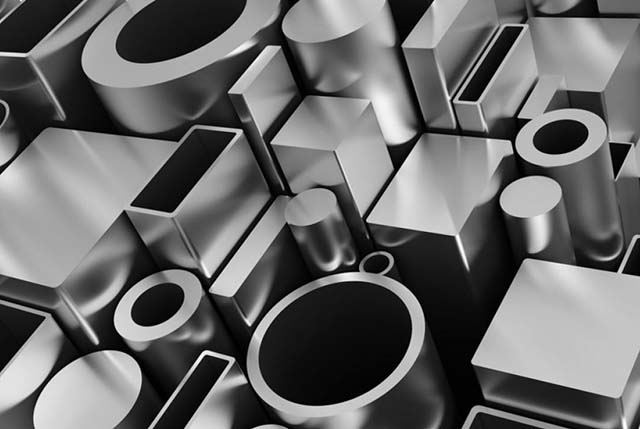
5. Electroplating
Electroplating products give the coating a glossy and high-quality metallic appearance. Electroplating technology refers to attaching a metal film to the metal surface through electrolysis, which plays a role in corrosion and can improve wear resistance, conductivity, reflectivity, and aesthetics.
6. Powder Spraying (also called powder Spraying)
Powder coating is often used for the appearance of architectural furniture products. The powder coating process consists of five steps: upper part - electrostatic dust removal - spraying - low temperature leveling - baking. Powder coating is mainly sprayed on the surface of the workpiece by powder spraying equipment, and is adsorbed on the surface of the workpiece under the action of static electricity to form a powder coating; and then baked at high temperature to form different effects.
7. Surface brushed
The wire drawing process is to make the metal surface produce a non-mirror metallic luster, and at the same time to eliminate subtle defects, mainly by grinding the product to form lines on the surface of the workpiece, which plays a decorative role.
8. Polished
In order to improve the dimensional accuracy and geometric progress of the workpiece, polishing can make the product surface smooth and mirror glossy. The method of this process is to modify the surface by using flexible polishing tools, abrasive grains and other polishing media.
9. Etching
After exposure by plate making and development, the protective film in the area to be developed is removed, and when etching, the metal is brought into contact with a chemical solution. Two positive figures are used from both sides to achieve the effect of dissolution and corrosion through chemical dipping, so as to form a concave-convex or hollow shape. There are two ways to realize the process: exposure method and screen printing method.


